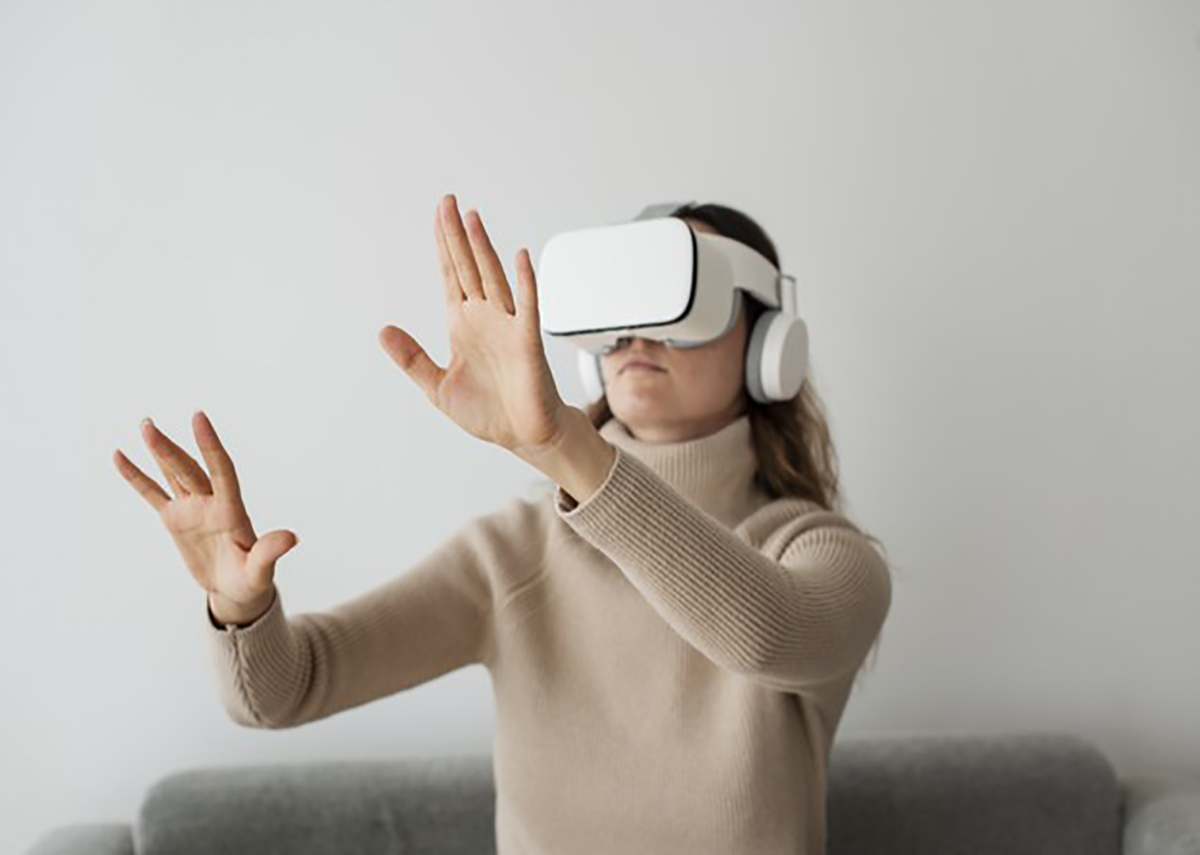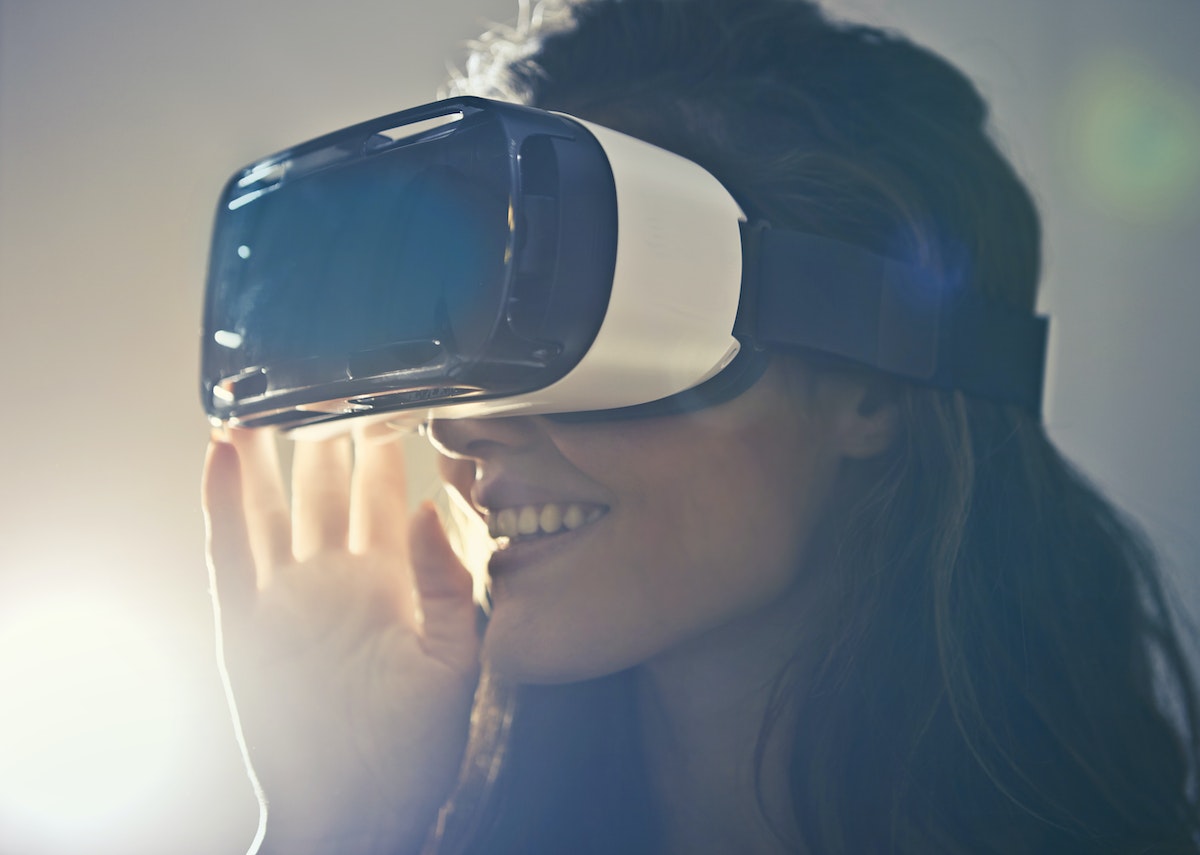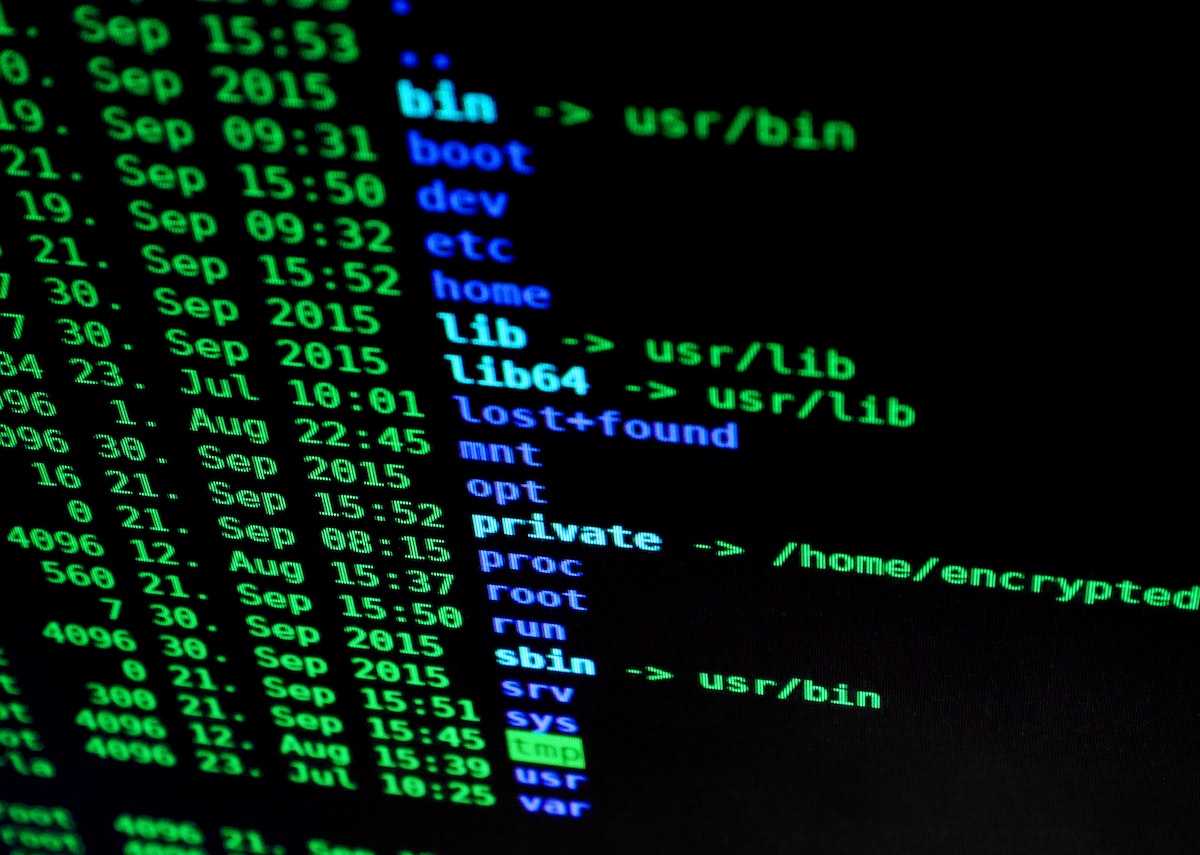Ways Your Business Can Utilize Virtual Reality
Share

Virtual Reality (VR) is a form of simulated virtual experience that transforms real-life scenarios and likeness into an artificial format. Virtual Reality forms 3-D visuals for the viewers to see and feel the nearly real-life-like computer environment. With the use of technological devices, you can experience virtual reality almost anywhere.
However, does this extend to the usability within a business? It does! Many large and small firms nowadays use Virtual Reality as a stepping stone to get success in the modern markets. Businesses are making a huge turnabout with VR through the ability to conjure objects, undoing mistakes that may otherwise become substantial losses, and allowing customers to engage more freely.
How Your Business Can Use Virtual Reality
Here are some common ways businesses are transforming how they operate. Take a look at some of the amazing techniques to incorporate Virtual Reality in your business.
Training Employees/Workers/Staff
Virtual Reality involves sound, color, objects and allows interaction with various aspects within the virtual environment. This can prove helpful when training or educating your employees without incurring high costs on material, time, resources, etc.
For instance, to educate and train your employees for a fire emergency, you don’t have to wait for a fire breakout to teach them how to exit safely. But with VR, it is possible! You can create a real-like scenario using VR to guide your staff.
Similarly, doctors and surgeons across the globe are using VR to teach practicing surgeons and medical students. They use Virtual Reality simulations to test their operational, assistance, and medicinal skills.
Virtual Prototyping
Planning, designing, manufacturing, and testing are common practices when developing a new product or service. But sometimes, certain things are not in control, such as testing failures that incur heavy losses, designing defects that affect a business’s time, etc.
With Virtual Reality, businesses spend less on designing and testing. VR allows them to visualize the object or product before it really passes the manufacturing stage. Hence, with virtual prototyping, businesses can determine the successful working rate of their products. This is most often the case with car simulations and designing. Therefore, you may be able to make the necessary iterations before launching the final product.
Customer Experience
Now, your customers don’t need to visit your store to buy a product or see how it will look. With Virtual Reality apps, your customers can see how a sofa or a dining table will look in their lounge before making the purchase.
Showcasing Products and Services
Your customers can change the color, shape, size, and so many things of your products and services to see how well they fit their buying criteria. Let’s take an example of an expensive car that you may be selling to someone.
They would be able to make a better decision if they were in the car before buying it. Confusing? Well, VR allows customers to sit and have the feel of your car before they make the purchase. It helps them identify any shortcomings in design, looks, functions, etc.
Conclusion
VR is still in its early phase and coming with new advancements. Your business can apply any of the techniques above, ranging from improving customer experience to altering the way you develop new products to save costs.
Remember, staying competitive is necessary in modern world markets. Hence, Virtual Reality can take you a step closer to success with higher customer satisfaction and better business decisions.




